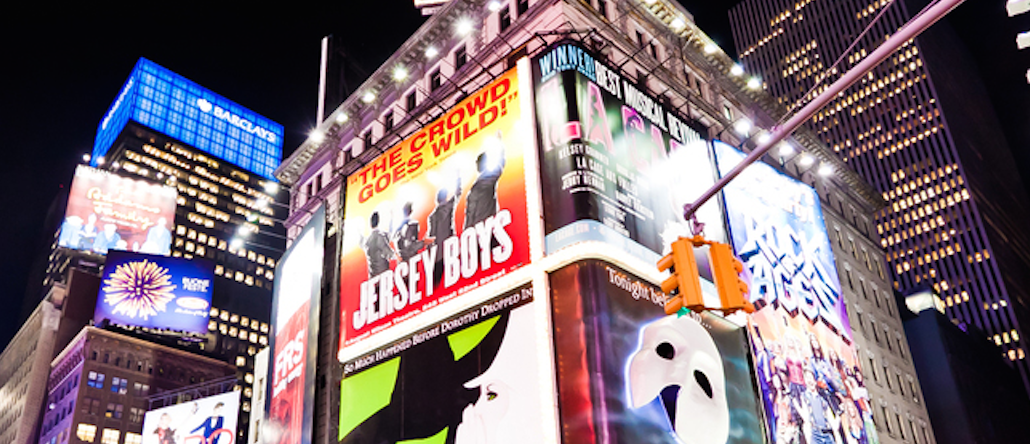
Advertisers claim they want to engage rather than disrupt consumers, but their need to have their message noticed, combined with publishers’ desperation for revenue, has resulted in an increase in intrusive ads cluttering even the most premium of websites.
One of the worst examples might be one that’s running on TheNextWeb, the tech news site. The site’s new ad format, Canvas, pushes the article out of the way and starts playing automatically. It keeps playing until you mouse over or click back on the article, a corner of which remains visible in the margin of the screen.
This is how a Canvas ad for Shutterstock appeared on the site today:
In a May 7 blog post, Boris Veldhuijzen van Zanten, TheNextWeb’s co-founder and CEO, said the format is an improvement over banners and is meant to give advertisers a way to display big, well-designed images or videos without imposing “ugly interstitials” on users like other sites do. He said it designed the ad to make it as easy as possible for users to get rid of it, (although its quick fix — hitting the “c” key to make the ad go away — isn’t exactly intuitive).
Ad position: web_incontent_pos1
The success of Facebook’s autoplay video ads may embolden publishers to run more autoplay ads on their own sites. But they have to ask themselves if the harm to the user experience is really worth it. Recent research has shown that intrusive ads can actually cost publishers in user abandonment.
Not all readers were thrilled with the experience.
The FT is now measuring how long visitors look at its ads https://t.co/lqeB2OgPRO pic.twitter.com/O8m3cPDdHH
— The Next Web (@TheNextWeb) May 19, 2015
@TheNextWeb you could also look into your case and maybe remove the annoying desktop ads… — Adam Karacsony (@ananaszjoe) May 19, 2015
Ad position: web_incontent_pos2
TheNextWeb itself admitted one commenter called it “the most infuriating hide-the-content ad ploy I’ve ever seen,” while maintaining that the fact people were tweeting about the ad is validation. Still, van Zanten said the site has taken steps to limit the user’s exposure, such as only showing them to viewers on direct visits, and having them appear only in the background for the next four pageviews. It has also tested speedier animation and other variables to make viewing and hiding the ad more intuitive.
“All in all, we hope to show you a lot less ads than other sites, but if we do, it will be a beautiful full-screen design,” van Zanten said.
More in Media

NewFronts Briefing: Samsung, Condé Nast, Roku focus presentations on new ad formats and category-specific inventory
Day two of IAB’s NewFronts featured presentations from Samsung, Condé Nast and Roku, highlighting new partnerships, ad formats and inventory, as well as new AI capabilities.

The Athletic to raise ad prices as it paces to hit 3 million newsletter subscribers
The New York Times’ sports site The Athletic is about to hit 3 million total newsletter subscribers. It plans to raise ad prices as as a result of this nearly 20% year over year increase.

NewFronts Briefing: Google, Vizio and news publishers pitch marketers with new ad offerings and range of content categories
Day one of the 2024 IAB NewFronts featured presentations from Google and Vizio, as well as a spotlight on news publishers.
Ad position: web_bfu